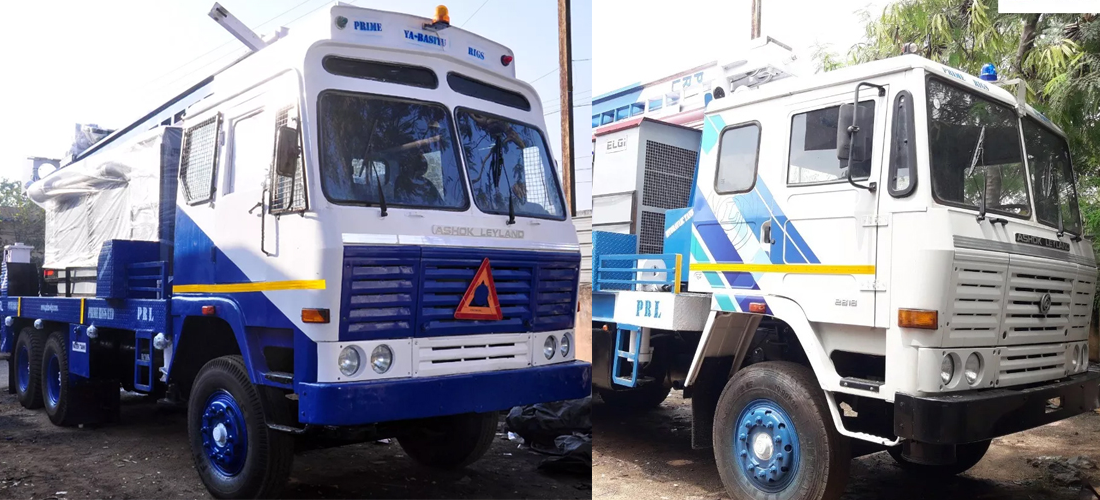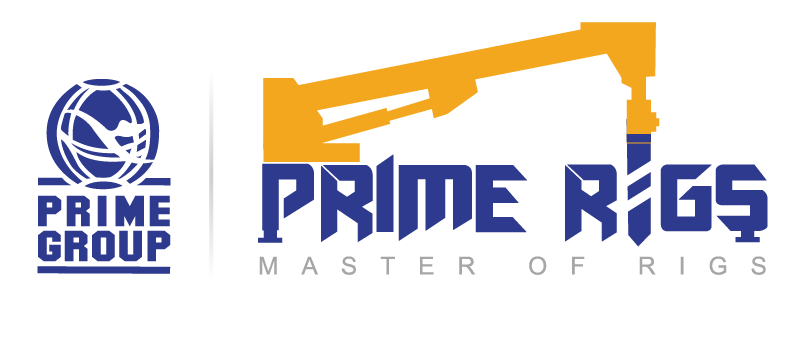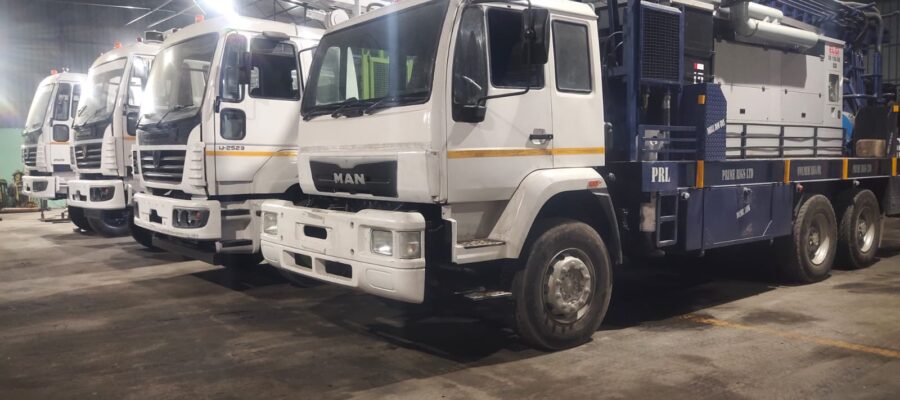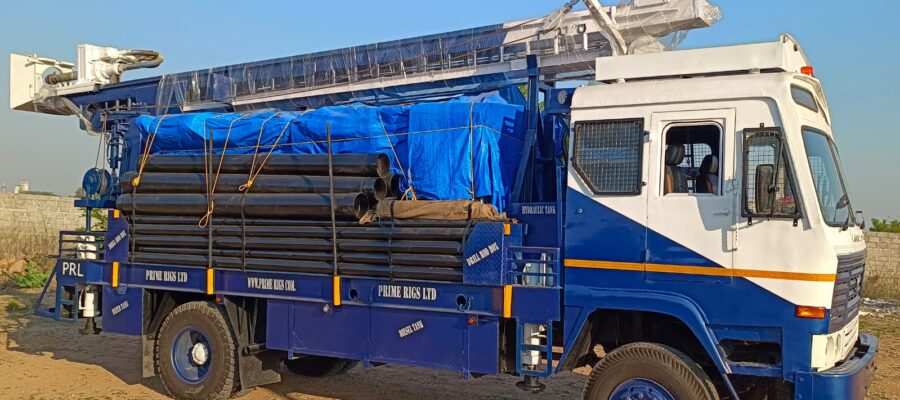
Drilling rigs are used to make holes in the soil so that workers may access a certain hydrocarbon reserve. They are available in many sorts and structures. Additionally, they are categorized according to several standards. To provide an example, drilling rigs are categorized according to where they drill, how much weight they can carry, and how deep they can go.
Rigs for Drilling on Land
These rigs represent the first development in drilling operations. Different sizes and strengths are available for land rigs. Maximum drilling depth and mobility are the two basic categories used to categorize land rigs.
The Classification Depends on The Depth of The Hole
Land rigs have similar appearances. However, because their sizes rely on the deepest they can drill, their precise specifications are completely different. As a result, several types of onshore rigs are divided into groups according to how deep they can drill.
Mobility Based Categorization
Onshore drilling rigs have another characteristic that has to do with how they morph. Rig driller for the land comes in two varieties: traditional and mobile. The most popular drilling rig in the petroleum business are conventional land rigs, which cannot be transported on their whole to the drilling site. Assembling the rig’s derrick, for instance, takes place where the drilling will occur. In contrast, mobile (movable) rigs, which exist in two varieties—jack-knife and portable mast—have drilling devices placed on wheeled vehicles.
Offshore Drilling Platforms
Drilling rigs used for drilling in maritime situations are similar to the other kind. Offshore rigs are classed differently from land rigs, which are categorized based on their mobility and the depth they dig. Marine rigs are divided into many categories according to how mobile they are and how deep the sea floor is. The condition of the water has a significant impact on the choice and construction of a marine rig. Therefore, bottom-supported units and floating units are the two different sorts of offshore drilling rig based on these.
Units with Bottom Supports
When rigs are positioned in a position, the seabed comes into touch with them. These rigs may be divided into two groups: jack-ups and submersibles. There are four basic types of submersible rigs, all of which are in contact with the ocean floor. The post barges are the initial type, which is no longer utilized due to new designs. The second is bottle kinds, which have been supplanted with jack-ups. The arctic and inland rigs are the other two categories. On the other hand, those that are supported by three or five structured columns are referred to as jack-ups. Businesses employ these rigs for several purposes.
Moving Parts
When put at the drilling site, marine rigs of this sort are those that are not in direct touch with the ocean floor. Semi-submersibles and drilling ships are the two different types of floating offshore rigs. Semi-submersible rigs are tethered to the seabed and partially submerged beneath the water’s surface. This kind of rig can drill for various good depths and at various sea depths.
No matter what drilling requirements you have, it’s important to choose the right drill manufacturers for the job at hand. The likelihood that you will select the best drilling rig is improved when you are aware of your possibilities.
Recent Post
- Frequent Used: Heavy Construction Equipment and Instruments
- What Type of Water Drilling Should You Choose?
- How To Choose The Perfect Drilling Rig To Buy?
- Tips For Selecting the Right Drilling Rig According to Your Need
- Water Well Drilling: Numerous Advantages
- How To Find Affordable And Reliable Water Well Drilling Rigs For Sale?
- Everything You Need to Know About Water Construction Rigs
- Water Drilling Rigs: Know The Different Types
- Refurbished Borehole Drilling Machine: Is It Worth The Purchase?
- Safety for the Construction Industry: Why Does it Matter?
- Milling Or Drilling: Which Is The Right Process To Choose?
- Choosing A Construction Truck Rigs Supplier Keeping Perfection In Mind
- Factors That Can Help You Select The Best Water Well Drilling Rig
- What Makes Drilling Rigs Different From Milling Rigs?
- Water Well Drilling Rig: All You Need to Know About It
- Do’s and Don’ts of Choosing the Right Rigs
- Underground Drilling Rigs: Features That Make Them Unique And Most Recommended
- What are construction drilling rigs? Why do companies need them?
- How do drilling companies help you with core drilling exploration?
- Key Features and Benefits of Drilling Machines in the Construction Industry
- Exploring the Advantages of Portable Borewell Drilling Technology
- How to Choose the Right Drilling Rig for Your Needs
- Reasons to Invest in Absolute Guide for Rotary Drilling
- Selecting the Ideal Drilling Rig: Ensuring Safety, Efficiency and Cost-Effectiveness





